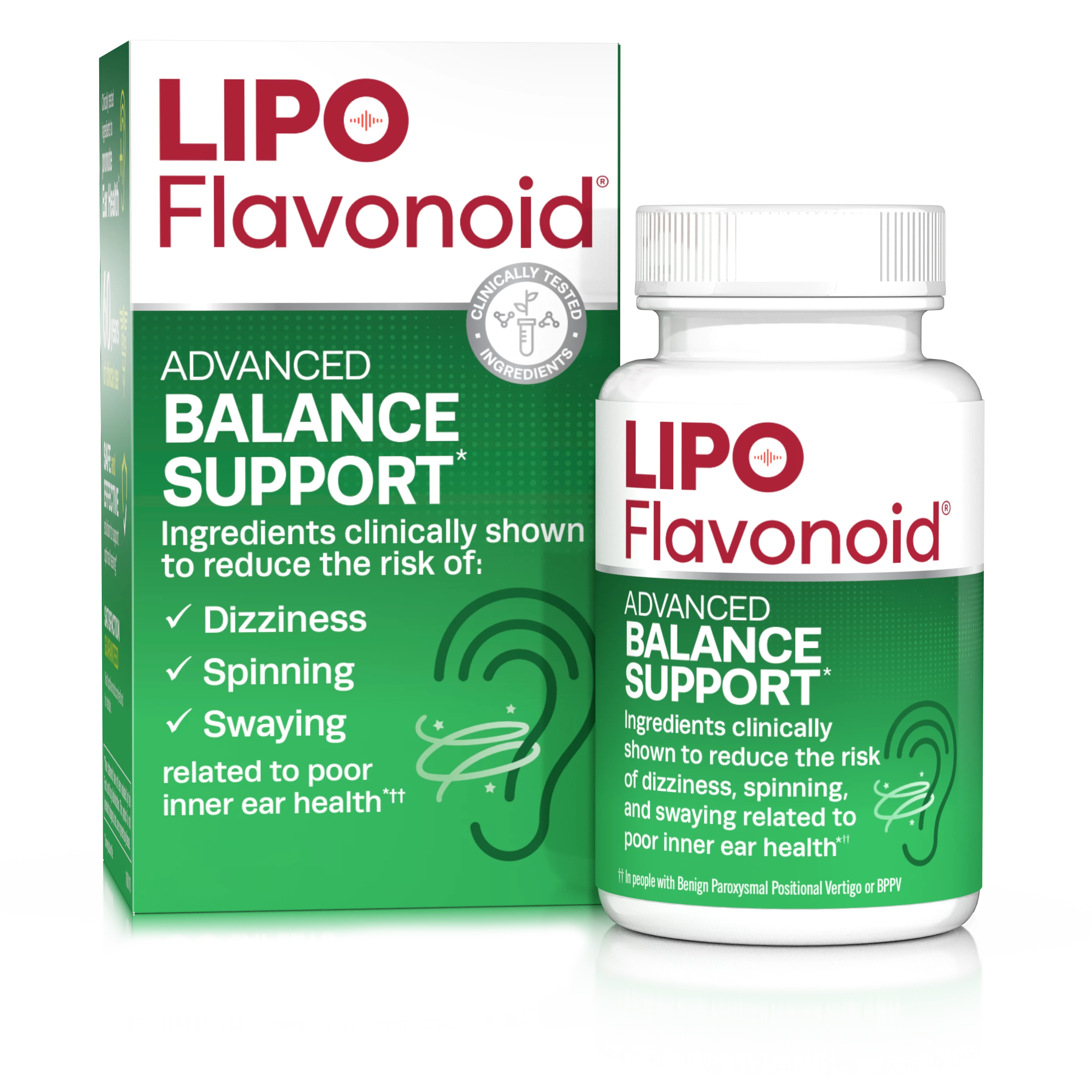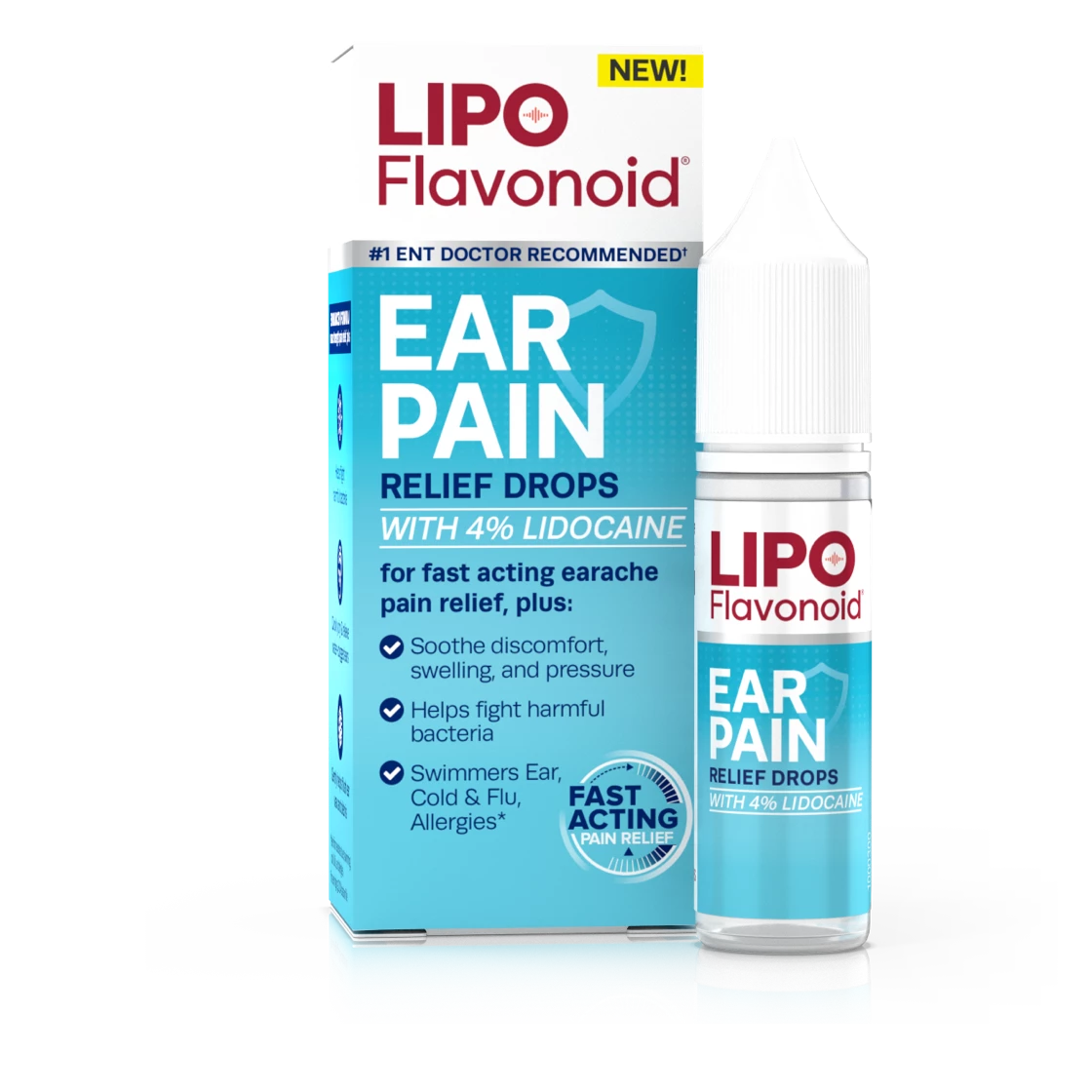Ear Wax, Tinnitus & 5 Reasons to Ditch Cotton Swabs
According to TIME magazine, and U.S. Pharmacist about half of the U.S. population suffers from some level of earwax impaction (aka clogged ear wax.) While this news may have you running for cotton-tipped swabs (often referred to by the brand name “Q-tips”), don’t because… mic drop… swabs are actually part of the problem.
In fact, experts say that most ear wax blockages are due to swab use, which tends to push wax deeper into ears. What about the stuff so satisfyingly stuck to your swab? Red herring! The majority of your goo is still subterranean and, no, you shouldn’t try to dig it out. Why? Because ear wax is your friend and probing your ears to remove it can lead to real health consequences such as tinnitus, skin irritation, pain, dizziness, increased risk of infection, or – even worse – an injured or ruptured ear drum with hearing loss. Some research even links ear wax impaction to dementia.
Need another reason to save swabs for art projects instead? Research in the journal The Laryngoscope shows that cotton swabs are a leading cause of ear-related trips to the emergency department.
Perhaps if we all learned to appreciate our ear wax (scientifically known as cerumen) we could start to leave it alone? To help we’ve got five wonders of ear wax to share with you.
- Earwax comes from more than 1,000 coiled glands in your ears. These glands are similar to sweat glands and there’s actually a gene that determines whether you’ll have wetter or drier ear wax.
- Being sticky, ear wax traps and removes dirt, dust, small bugs, and other teeny nasties that would otherwise sneak into our bodies. If your ear canal were a party, ear wax would be the bouncer.
- Ear wax coats the delicate skin of the ear canal and helps it to repel water while remaining moisturized and comfortable. Ears too frequently swiped “clean” by swabs can get dry, itchy, irritated, and more easily infected.
- Earwax has antibacterial qualities. Made up of dead skin cells, fatty acids and cholesterol, wax can trap and kill illness-causing microorganisms.
- Like an oven, ears and ear wax are self-cleaning. Whenever you move your jaw, like to chew or talk, you’re fostering the slow, systematic movement of earwax (and the gunk it has collected) out from your eardrum to your ear opening. Next it dries, flakes and falls out, or is washed out with normal bathing. Beyond a gentle washcloth to your outer ear, no help from you is necessary. In fact, according to the American Academy of Otolaryngology-Head and Neck Surgery, ears ideally never need to be “cleaned.” Similarly, experts told TIME magazine that “for 99 percent of people, that conveyor belt mechanism works well.”
For the remaining 1%, cotton swabs are still not the answer. Instead, those people that tend to create excessive, stubborn ear wax should turn to occasional extraction by a medical provider. U.S. Pharmacist notes that such professional assistance may be needed by the elderly (because their ear wax can be more dry), some people with developmental differences, those who have experienced a spinal cord injury, some men with courser ear hair, and anyone who “zealously engages in earwax removal activities.”
Did you ever think that your tinnitus could be due in part to an earwax impaction? If you haven’t seen an ear care professional about the ringing in your ears yet, now is the time. A full ear “check-up” can help to determine if there’s something treatable (like ear wax impaction) going on. Other symptoms of ear wax impaction that warrant a medical visit include: sudden hearing loss or muffled hearing, a feeling of fullness or stuffiness in the ear, pain, itching, unexplained coughing, or dizziness.
To help prevent any future ear wax blockages, we hope we’ve convinced you to never stick anything smaller than your elbow in your ear. Remember, ears self-clean every time you chat and chew!
Struggling with ringing in the ears (tinnitus) not related to ear wax? While there is currently no cure for tinnitus, many ENTs recommend the nutritional supplement Lipo-Flavonoid® Plus* to help. Lemon bioflavonoid eriodictyol glycoside (the micronutrient in Lipo-Flavonoid® Plus) has been shown in research to help with inner ear issues, such as tinnitus.**
For sleep-related disturbances, Lipo-Flavonoid® offers Lipo-Flavonoid® with nighttime melatonin as well as a soothing sleep sounds device. Learn more today.
Now, who’s ready to make flowers or sheep out of the extra cotton swabs lying around the house? We found some great craft ideas on Pinterest.
*April 2016 Survey. Clarion Brands Inc. Data on file.
** Williams, H.L. & Hedgecock, L.D. Citrus Bioflavonoids, Ascorbic Acid and Other B-vitamins in the Treatment of certain types of neurosensory deafness a preliminary report”. Staff meeting of the Mayo Clinic (1962)


